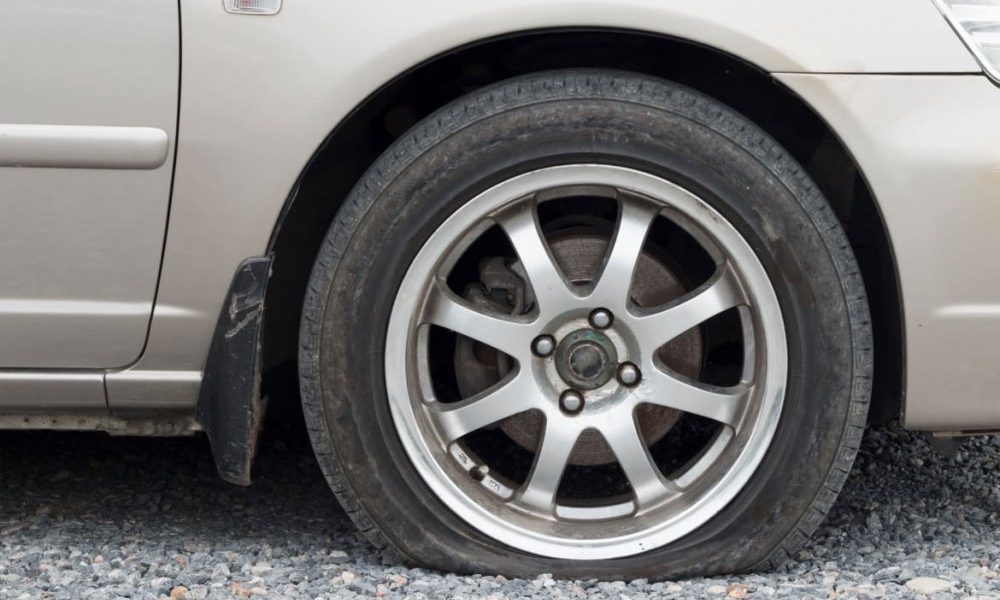If a thorough inspection of a leaking tire, which will probably require removing it from the vehicle, doesn't find a nail or puncture, the leak could be caused by a pinhole in the tread or sidewall. The tire might not be the problem, though. The air valve stem might have a leak and need to be replaced, or the tire bead (where it meets the wheel) might not be sealed snugly against the rim (a common problem in areas that use road salt, which can corrode the metal surface).
Soap and water, or water alone, can help find the source of the leak. Mix liquid soap with water in a spray bottle and spray all parts of the tire — tread, sidewalls, the valve stem and opening (with the cap removed), and along the rim on both sides — until you find a spot where bubbles start to form. That's where the air is leaking. This is easier to do with the wheel off the car, but you might be able to find the leak without removing the wheel, especially in front, where turning the steering wheel exposes the inner sidewall somewhat.
Another method is to remove the tire and wheel from the vehicle and dunk them into a tub of water. Bubbles will form at the spot of the leak. If the tub isn't large enough to dunk the whole tire, do sections at a time.
Pinholes and small punctures in the tread can be plugged or patched. Large punctures cannot, and minor damage to the sidewalls or shoulders (where the tread and sidewall meet) typically calls for tire replacement, as well. Leaky valve stems and cores (the tiny valve itself, inside the tube) also can be replaced.
If the leak is because the wheel isn't fully seated against the tire, sometimes removing the tire and applying a bead sealer can stop a leak.
Possible solutions for leaks that originate with the wheel's bead seat are to remove the tire, clean off any corrosion and apply a bead sealer before remounting the tire. Some mechanics also suggest inflating the tire with nitrogen instead of air because its molecules are larger than oxygen, potentially making them less able to slip through the smallest holes. Perhaps more important, though, nitrogen contains less moisture — which will prevent rust if the wheel is made of steel (see more on this topic). Others suggest grinding or sanding off corrosion, though the time and labor required to do that might cost more than a new or used wheel — as might repeated nitrogen purchases.
When the wheel is at fault, it will be a judgment call as to whether it can be repaired or needs to be replaced. For example, pitting in the wheel can make the metal porous and allow air to leak out. That's likely to warrant replacement.



Leave a Reply